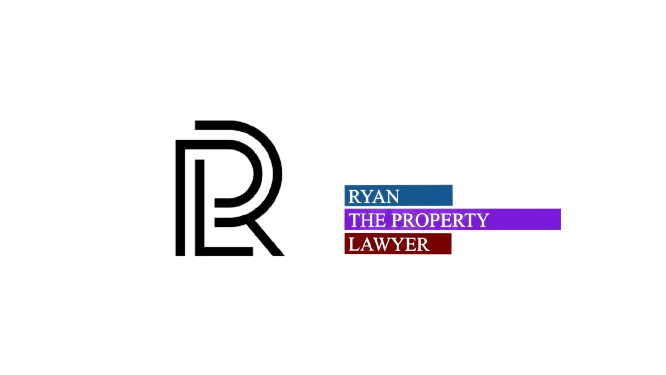I run Ontario’s leading firm in co-ownership of residential real estate. I understand the intricacies of co-buying or co-selling a property. Whether purchasing a property with family members or with new friends, essential elements need to factor in the transaction structure, including reserve fund allocation, manner of holding title, spousal rights, maintenance of the property, property division upon exiting the arrangement, and the rules and regulations of the property.
Co-owning a home or commercial property with multiple people can be a rewarding proposition. But, it is crucial to get the details right when several people are involved. In the vast majority of co-ownership deals, it is necessary to address the rights and responsibilities of co-owners through a Co-ownership Agreement. In other cases, a clear and concise explanation of the legal implications of buying or selling property with others may be all that is needed – the context of your particular situation is often the deciding factor.
Aside from the legal aspects of the agreement, I appreciate that we are all different types of people. There are always personalities, approaches, and expectations to navigate, which affect the relationships during the deal. By bringing our wealth of knowledge in corporate law, real estate, estates and co-ownership to the table, you can feel comfortable moving forward with your transaction.
I can assist with:
- Drafting a Co-Ownership Agreement
- Reviewing and amending existing Co-Ownership Agreements
- Registering the deed to a property owned by multiple parties
- co-ownership financing and mortgage charges & discharges
- Reviewing Agreements of Purchase and Sale involving multiple sellers and buyers
- Selling a share of your Co-Owned Property
- Buying a share in a Co-Owned Property
- Drafting Declarations and Rules and Regulations for Co-Owned Properties
WHAT IS REAL ESTATE CO-OWNERSHIP?
Co-ownership is an arrangement whereby two or more people purchase property together with the intention of either occupying the property or holding the property as an investment for profit. More specifically, real estate co-ownership may be broadly categorised as follows:
- OCCUPYING CO-OWNERSHIP:
- where co-owners occupy the property, and where ownership is – typically, but not always – held as tenants-in-common. Owning the property as tenants-in-common means that each owner has the right to choose who can inherit their share of the property via their estate unless this right is modified by a co-ownership agreement amongst all co-owners.
- NON-OCCUPYING CO-OWNERSHIP (EQUITY INVESTMENT):
- where co-owners purchase a property primarily as an investment vehicle, either by renting out the property or selling the property after it has gained appreciation in the market.
- HYBRID CO-OWNERSHIP:
- where property is owned by certain co-owners who reside at the property, but where other co-owners are strictly passive investors. In this model, ownership of the property is almost always as tenants-in-common. In this type of arrangement, it is extremely important to have a detailed co-ownership agreement in place to address liquidity and financing issues. For example, if the non-occupying co-owners may rent or sell their co-owned share of the property, how may they do this? If all co-owners are on the mortgage, what are the lender’s requirements for structuring the terms of the mortgage if a co-owner wishes to sell their share of the property?
DO YOU NEED A CO-OWNERSHIP AGREEMENT?
Yes.
The overall objective of a co-ownership agreement is to manage risk, minimize conflict and promote fairness amongst co-owners. Where conflicts do arise, they can be resolved amicably and objectively, which preserves personal relationships, saves money and reduces financial uncertainty.
A clear and concise co-ownership agreement can address a several different issues, including:
- death of a co-owner
- dispute resolution mechanisms
- reserve funds for capital improvements & maintenance
- rules & regulations of occupancy & living arrangements
- tax issues (i.e. treatment of capital gains exemptions on any sale of the property)
- sale & other dispositions of the property.
Co-owners often enter into a co-ownership agreement before or contemporaneously to the purchase of the property; however, this is not always the case, and co-owners may agree to terms after the property is purchased and financed.
EXITING A CO-OWNERSHIP SITUATION
Subject to an co-ownership agreement between the owners, there are generally two main ways to exit a co-ownership arrangement:
- Fractional Sale of Ownership (i.e. a sale of the departing co-owner’s share in the property)
- Sale of the entire property itself.
There are advantages & disadvantages to each option, with significant impacts on mortgage financing, capital gains & return of capital contributions. There are many real challenges in navigating the departure of a co-owner. However, there are best practices that make the process more clear & straightforward. RPL has significant experience addressing issues of mortgage financing, taxation, estates & capital investment not only before they arise, but also after they are up for discussion between all co-owners.




